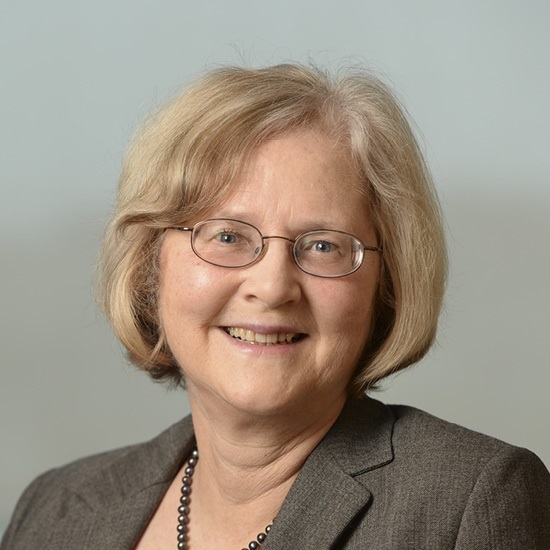Elizabeth Blackburn is an Australian-born Nobel laureate who discovered how chromosomes are protected by capping structures, known as telomeres. After deciphering the highly repetitive nature of DNA at the extremities of chromosomes in the single-celled organism Tetrahymena, Elizabeth worked with others to pursue telomerase — the enzyme that she predicted must replenish telomere length.
Telomere length and health are central to a cell’s decision of whether or not it will self-renew, and the gradual shortening of telomeres over rounds of cell division leads to senescence. But after observing that in healthy cells telomere length was preserved, Elizabeth led research that discovered how, and revealed the functional make-up of telomerase.
Elizabeth is keen to apply her discoveries to reduce human suffering, and has investigated telomere length in people with cancer and chronic stress. Based in the United States, Elizabeth became the region’s L’Oreal–UNESCO For Women in Science laureate in 2008, and was co-awarded the Nobel Prize in Physiology or Medicine in 2009.
Subject groups
-
Molecules of Life
Biochemistry and molecular biology
Awards
-
Nobel Prize in Physiology or Medicine
Jointly with Carol W. Greider and Jack W. Szostak for the discovery of how chromosomes are protected by telomeres and the enzyme telomerase.
-
Royal Medal
For her work on the prediction and discovery of telomerase and the role of telomeres in protecting and maintaining the genome.

